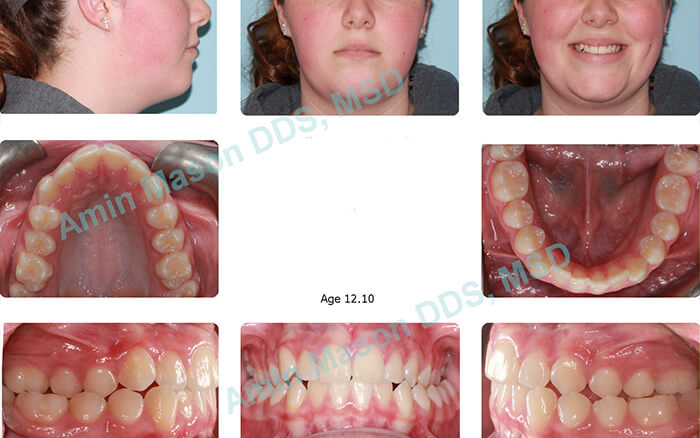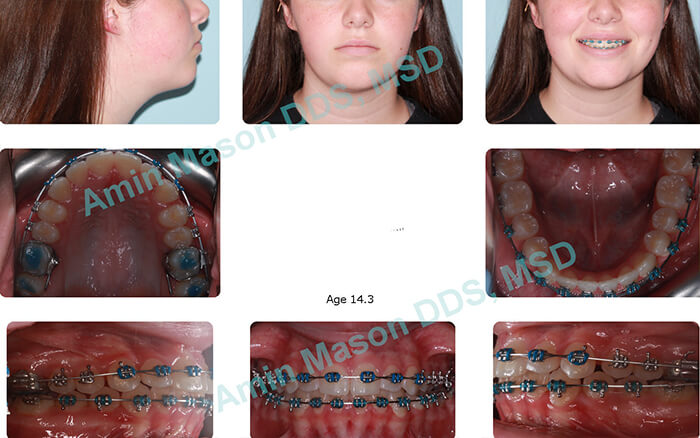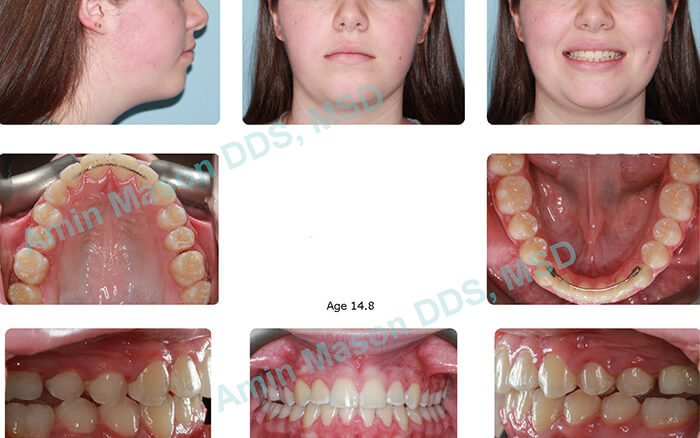Traditional Braces—Columbus, OH
A Reliable, Durable, & Colorful Treatment Option
 Metal braces are still the most common type of orthodontic system used today. Their durable and affordable nature makes them a popular choice for children and adults alike. At Polaris Orthodontic Center, patients can look forward to a safe and satisfying treatment experience with a team that always puts the patients first. We’re located here in Columbus, OH – contact us today to schedule your first consultation with Dr. Amin Mason or if you have any questions or concerns.
Metal braces are still the most common type of orthodontic system used today. Their durable and affordable nature makes them a popular choice for children and adults alike. At Polaris Orthodontic Center, patients can look forward to a safe and satisfying treatment experience with a team that always puts the patients first. We’re located here in Columbus, OH – contact us today to schedule your first consultation with Dr. Amin Mason or if you have any questions or concerns.
HOW DO TRADITIONAL BRACES WORK?
Dr. Mason will bond brackets to the front of the patient’s teeth. Each bracket has edges that are known as “wings.” Elastic bands are tied around these wings to hold an orthodontic wire securely in place, which initiates tooth movement while using the brackets as anchor sites. Throughout treatment, the wires will be changed as needed to move the teeth into the optimal position.
What Can Traditional Braces Fix?

Traditional braces can be used to correct the most common orthodontic issues for patients of all ages despite their severity, including:
- Crowded teeth
- Spaced teeth
- Crooked teeth
- Rotated teeth
- Increased Overjet (in which the upper teeth stick out too far in front of the lower teeth)
- Underbite (where the lower teeth stick out in front of the upper teeth)
Benefits of Traditional Braces

Many people think that straightening the teeth will only provide a cosmetic benefit, and while this is partially true, the reality is that braces can dramatically improve both the look and health of someone’s smile.
Crooked teeth, in addition to not looking attractive, are also more difficult to clean than properly aligned teeth because there are small, tight spaces where plaque can accumulate and be missed while brushing. Orthodontic treatment with Traditional braces can help improve someone’s daily oral hygiene because it will be easier to brush, floss, and rinse with properly spaced teeth. This can drastically lower someone’s risk for cavities over time.
Correcting bite problems can also save patients from excessive tooth wear which can prevent the need for costly restorations.
Understanding the Cost of Traditional Braces

The cost of traditional braces can vary from patient to patient. The price depends on a number of factors, so we cannot provide any estimates until you visit us for a consultation. Our team will outline every aspect of the treatment, including its financial side. We can also help you explore payment options, such as insurance and low-interest financing.
Factors That Affect the Cost of Traditional Braces
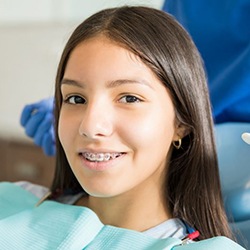
Some factors that can affect the cost of braces include:
- The severity of your dental misalignment. This is the most important factor in determining the price of your treatment. Relatively simple alignment problems require shorter treatment, leading to a lower cost, while fully addressing severe or complicated problems may require a much longer and more involved process.
- Your age. In some cases, treatment for adults takes longer than treatment for younger individuals. This can lead to slightly higher costs.
- Your compliance with treatment. If you neglect your oral hygiene, do not use accessories as directed, or make other missteps during your treatment, that could increase the total cost of your care.
Professional Braces vs. “DIY” Braces: Which Costs More?

You might have seen some posts on social media that feature “DIY” braces that are made with common household items, such as rubber bands, earring backs, and paper clips. While you might be tempted to save money by trying such methods, extreme caution is in order. Many people who have tried to straighten their own teeth have regretted their decision to do so.
Even a small mistake could make your dental misalignment worse or harm your smile in other ways. You could end up paying much more to fix such issues than you would have if you had invested in professional treatment right from the beginning.
Does Dental Insurance Cover Braces?

Many dental insurance policies partially cover orthodontia for minors. Coverage is less common for adults, but some premium plans do pay for up to 50% of the cost of coverage, up to the amount of the policy’s lifetime orthodontic maximum. With the help of insurance, many patients are able to reduce their out-of-pocket costs by several hundred dollars or more. Our team welcomes insurance, and we can help you figure out how your benefits apply.
Options for Making Braces Affordable

Beyond insurance, there is another option that might make it easier for you to afford your braces: financing. Most patients are eligible for a low-interest or zero-interest payment plan through a third-party company, such as CareCredit. The application process is easy, and you may have the option of choosing between several different monthly payment amounts.
Would you like to learn more about the cost of traditional braces? The team at Polaris Orthodontic Center is ready to answer your questions! Get in touch with us today to request a consultation.
THINGS TO KNOW ABOUT TRADITIONAL BRACES
- Colored elastics are available that can give your braces a splash of personality! Your son or daughter will be able to pick their favorite color or combination of colors, and more neutral, professional shades like gray and white are also available for adults.
- They are effective in correcting majority of malocclusions.
Traditional Braces FAQs
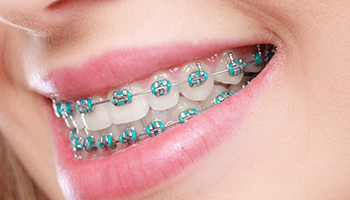
Dr. Mason and our team are always happy to answer our patients’ questions about orthodontic treatment. Before your consultation appointment, though, you might want to learn more about the road ahead. To assist you, we have put together a brief list of FAQs about traditional braces. If your specific questions are not addressed here, reach out to us directly. We look forward to speaking with you.
Am I Too Old to Get Braces?
Traditional braces are commonly associated with younger people. However, there is no upper age limit for braces. We have performed successful treatment on many mature individuals.
Of course, the treatment experience may be somewhat different for adults than it is for teens and children. For example, adult treatment may take longer due to slower tooth movements. Additionally, while insurance often covers braces for minors, orthodontic coverage for adults is less common. (If you are concerned about paying for your treatment, talk to our team. Most patients are eligible for a low-interest or no-interest payment plan.)
What Happens After You Get Your Braces Off?
Once your braces are removed, you will need to make some efforts to keep your teeth in their new positions. Some patients receive a fixed retainer, a device that is attached to the teeth and keeps them in place. It is also possible that you will receive a removable retainer.
With a removable retainer, you should try to wear it at least 20 – 22 hours each day at first. Eventually, after your teeth solidify into their proper positions, you might be able to wear it just a few nights each week.
How Long Do Traditional Braces Take?
The timeline for traditional braces varies from case to case. During your consultation, we may be able to estimate how long your treatment will take. Depending on your age and the severity of your misalignment, you might have to wear braces for anywhere from a few months to three years or longer.
You can avoid unnecessary delays by strictly complying with treatment guidelines and attending all of your scheduled appointments.
Do Traditional Braces Hurt?
Braces are effective because they apply consistent pressure to the teeth. Naturally, this can cause some soreness, particularly when you first get braces and whenever they get adjusted. The pain may last anywhere from a few days to a week or so.
You can minimize your discomfort by:
- Taking over-the-counter pain relievers
- Eating soft and cold foods
- Sipping ice water
The metal parts of your braces might also cause some irritation. Covering your brackets with orthodontic wax may help.
If your braces ever cause extreme or unusual pain, you should reach out to us for guidance.
TRADITIONAL BRACES CASE
Teenage patient with upper/lower crowding, bilateral posterior crossbite, anterior crossbite. Patient was treated with an expander and traditional braces.
